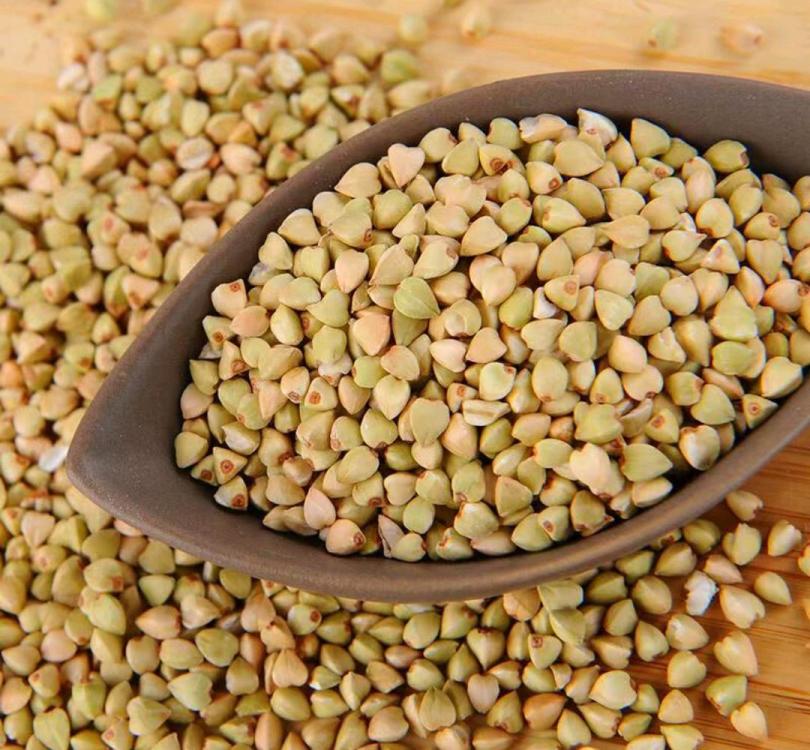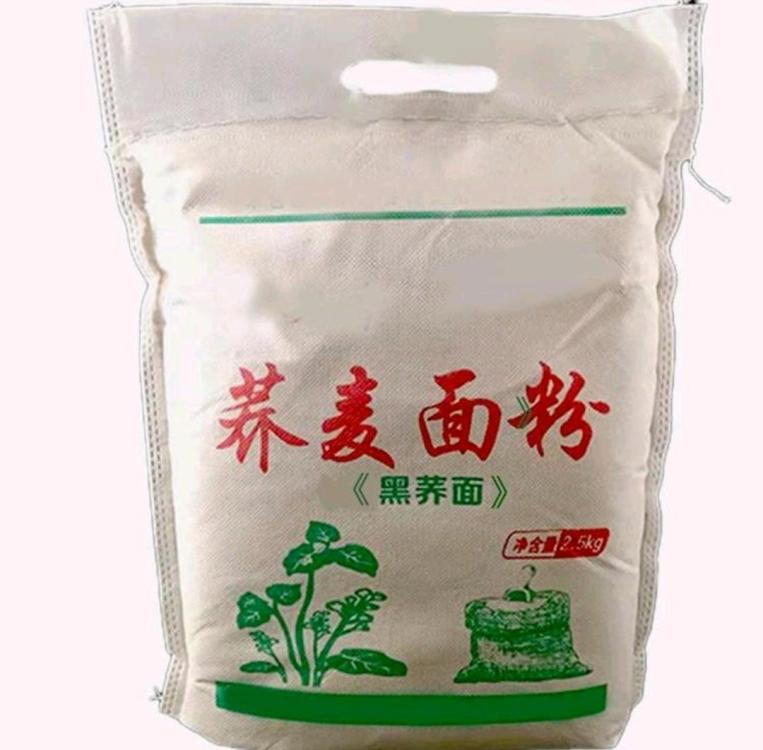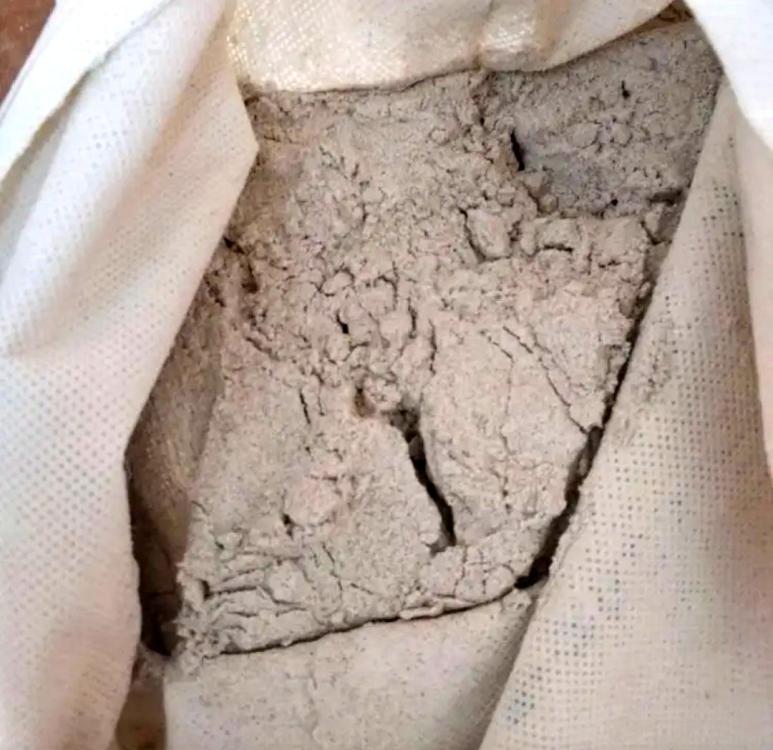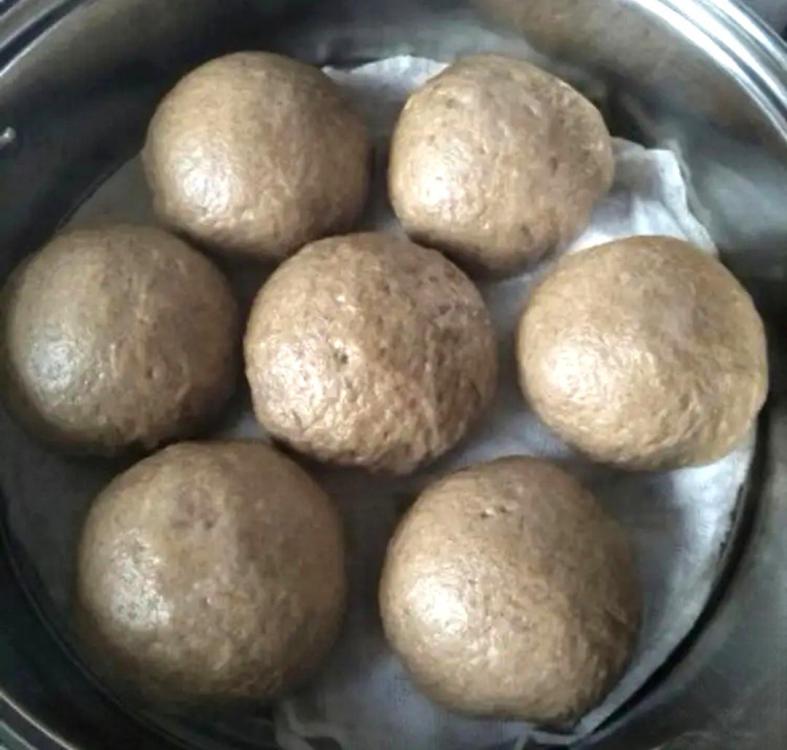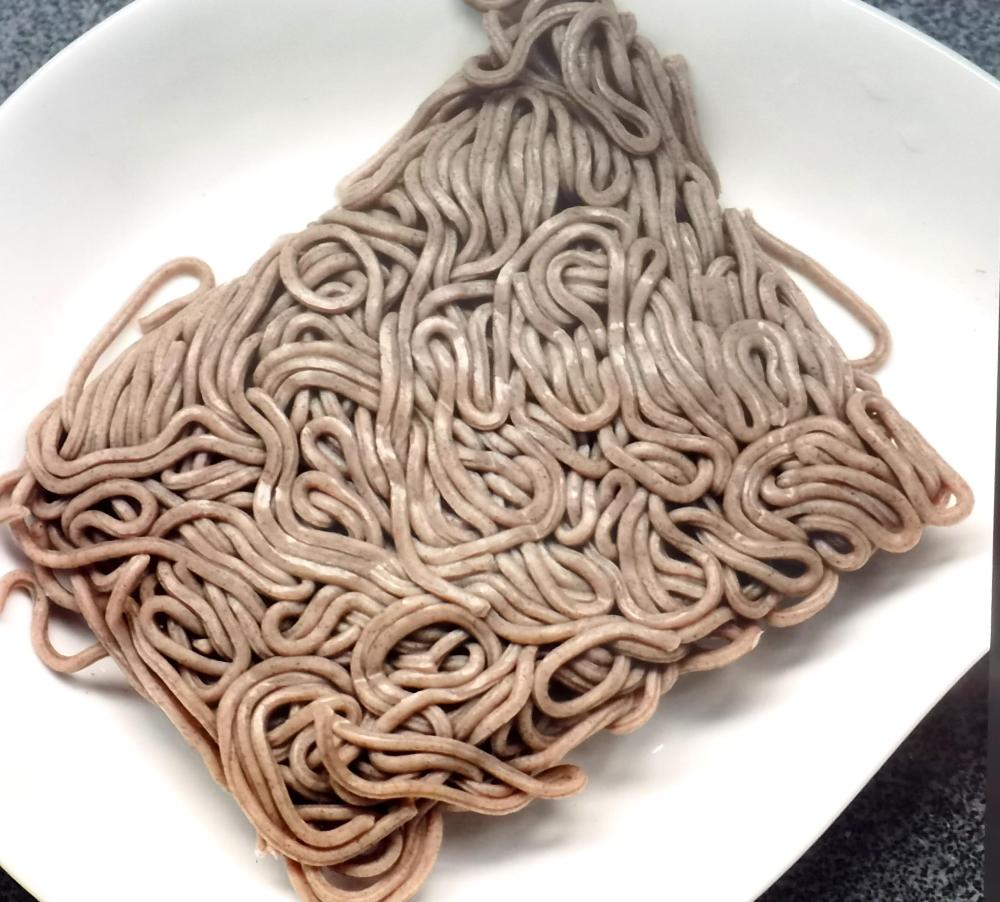This grain is not a grain; it's a pseudo-grain in that it isn't a grass but the seed of a flowering plant. It originated in SW China but is now grown around the world. Both its English and Chinese names are somewhat misleading.
I'm talking about buckwheat, which isn't related at all to wheat or to buck in any of its many meanings.
The 'buck' part is a corruption of 'beech' and the 'wheat' part is related to 'white'. It isn't beech or white either! It has etymons in most Germanic languages.
The Chinese name S: 荞麦; T: 蕎麥 (qiáo mài) also includes the character 麦/麥, meaning 'wheat'.
Buckwheat is a friend to those with celiac disease as it is gluten free, but see the warning below. Should anyone visiting China need to know, celiac disease is S; 乳糜泻; T: 乳糜瀉 (rǔ mí xiè).
Two types of buckwheat are grown. Fagopyrum esculentum, common buckwheat, mainly in the north including Inner Mongolia; and F. Tartaricum, Tartary buckwheat, in the southwest including Yunnan and Tibet. The latter is now being called Himalayan Tartary Buckwheat by the wellness wankers and paleo plonkers trying to cash in on the so-called Himalayan pink salt craze.
The grains are ground into S: 荞麦面粉; T; 荞麦麵粉 (qiáo mài miàn fěn), buckwheat flour, which is used to make S: 馒头; T: 饅頭 (mán tou), steamed buns
Buckwheat flour
Buckwheat flour
Steamed buckwheat buns
and S: 荞麦挂面; T: 荞麦掛麵 (qiáo mài guà miàn), buckwheat noodles.

Dried buckwheat noodles
Fresh buckwheat noodles
The noodles are used as any other and can be served in soups or fried.
Warning: Be careful. Many brands of buckwheat noodles also contain wheat, so aren't gluten-free. Pure buckwheat noodles are available. Check the ingredients list. If you see 麦 listed without the preceding 荞, then that's almost certainly wheat. If you see S: 小麦; T: 小麥 (xiǎo mài), that's definitely wheat.
In Yunnan province, the Yi ethnic minority make a type of buckwheat flatbread called 粑粑 (bā bā).
_edit_51635331623370.jpg.e6a7080f8607775d7bd0a1eca065d268.jpg)
Yi ba ba flatbread
Do not confuse this with 糖油粑粑 (táng yóu bā bā), a sweet sticky rice snack made from glutinous rice and honey in Hunan.
And, again, buckwheat turns up in congee mixes
For more on the history of buckwheat in China, see here.
https://link.springer.com/article/10.1007/s00334-017-0649-4


